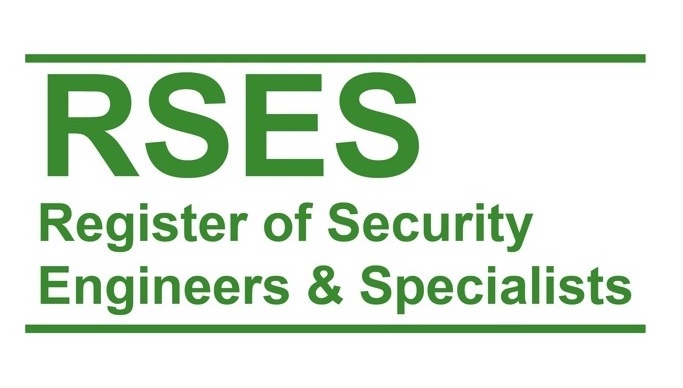Introduction

The term 'behavioural detection' refers to a method of detecting individuals with hostile intentions by observing their behaviours and activities.
When incorporated with other security measures, behavioural detection can be a powerful tool that can be implemented in a range of environments, as part of a systematic approach to disrupt criminals and terrorists carrying out activities that aim to cause harm to others.
Behavioural Detection guidance
The Behavioural Detection guidance is written by behavioural detection experts from across government, and has been informed by consultations with key stakeholders and other specialists as well as by research and other literature.
The guidance paper is designed to help both policy makers in government and industry who are responsible for advising and/or mandating security processes and measures, and those on the frontline responsible for ensuring security, such as security managers across a range of different sites.
It aims to inform, educate and help a variety of stakeholders - across government and industry, regarding:
- When, where, why and how behavioural detection might be effective or fail
- The science and evidence relating to behavioural detection
- Points to consider before deciding to procure/ implement a behavioural detection capability
- The procurement of behavioural detection capability (e.g. techniques, training, technology)
- The importance of evaluation and collecting data to maximise success (and avoid failures)
The Register of Security Engineers and Specialists (RSES)
RSES has been established to promote excellence in security engineering and provides a benchmark of professional quality against which its members have been independently assessed.
Organisations who supply Behavioural Detection Training are encouraged to engage with this process. It offers potential clients the assurance that registrants have achieved a recognised competence standard through a professional review process.
For details about applying for the register and the application process please refer to the RSES Guidance (Behavioural Detection and Disruptive Effects on page 61 onwards).

The Defence Science and Technology Laboratory (Dstl)
Dstl published an article on Behavioural Detection in the October edition of the Aviation Security International magazine where the HMG Behavioural Detection Guidance has been signposted.
Click to view a taster and choose to subscribe.

Guidance
- Behavioural Detection Guidance28-09-2020Download